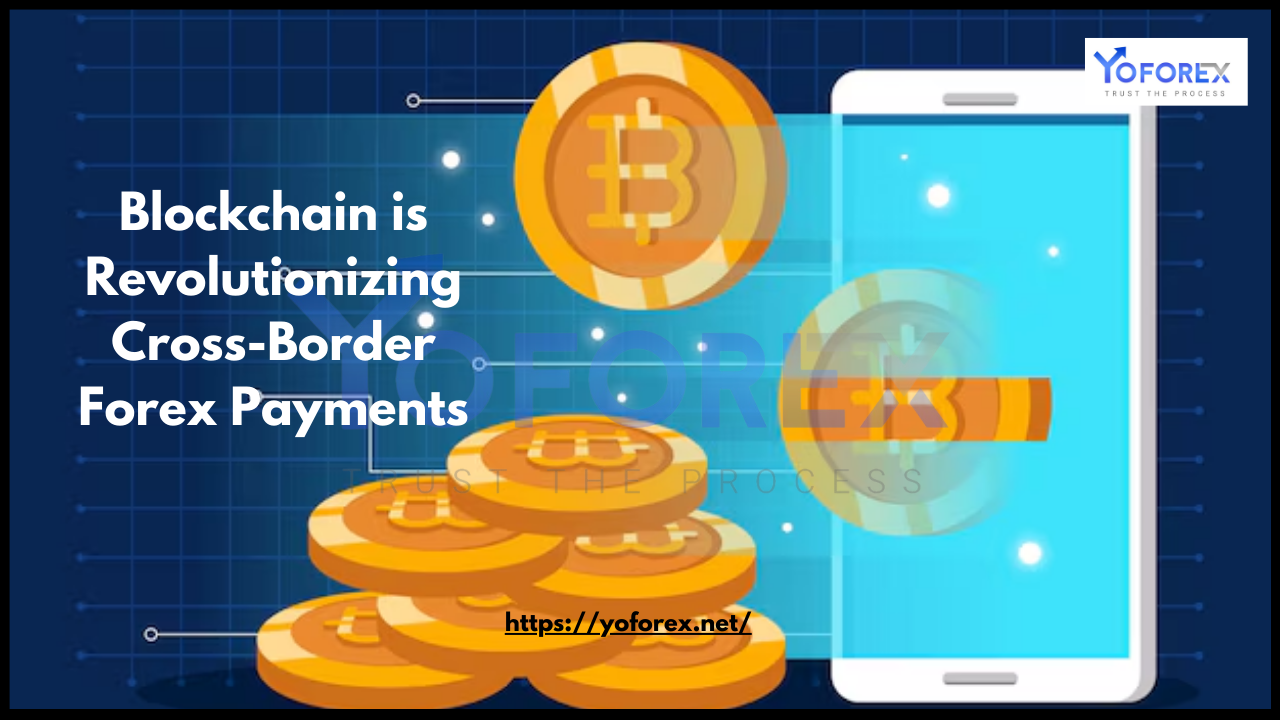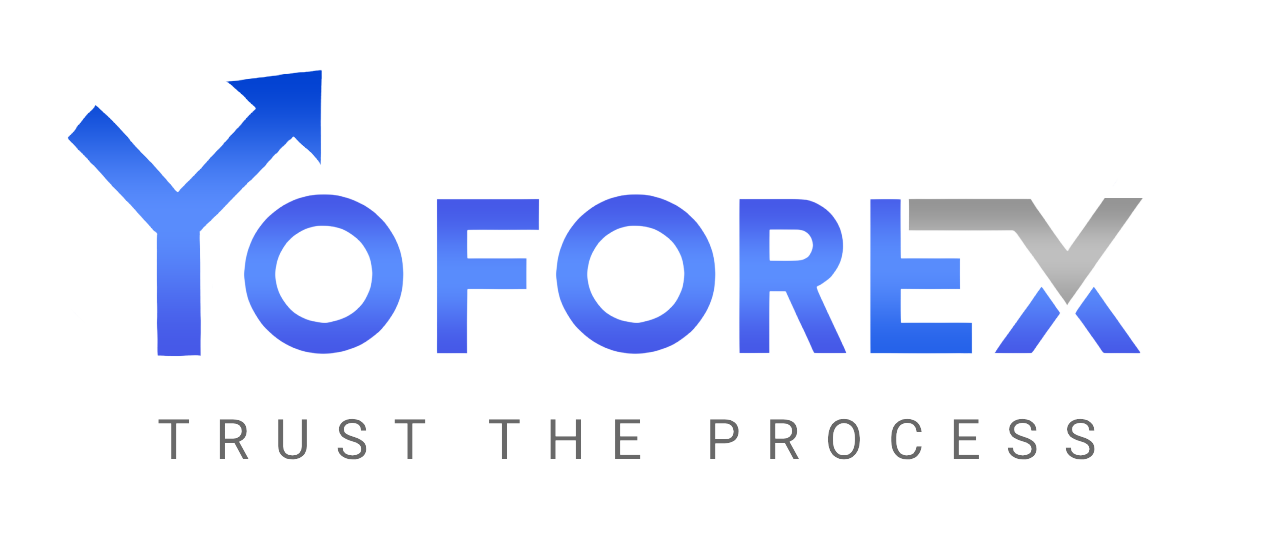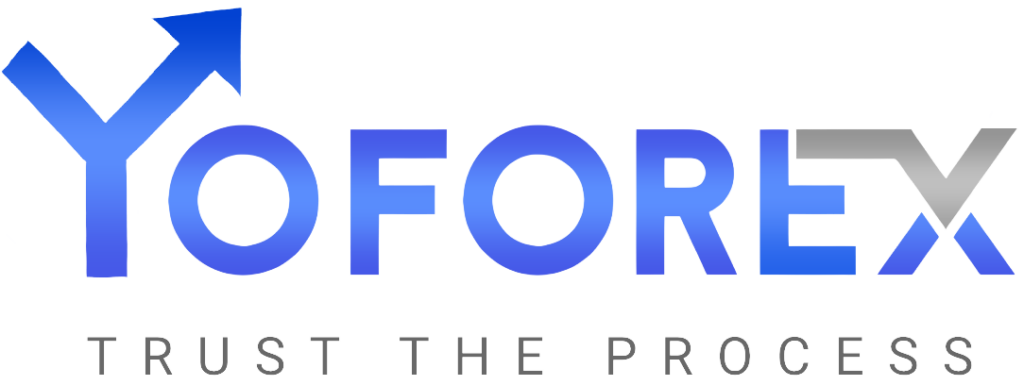The global financial landscape is undergoing a seismic shift, driven by the rapid adoption of blockchain technology. One of the most transformative applications of this innovation is in the realm of cross-border foreign exchange (forex) payments. Traditional forex systems have long been plagued by inefficiencies, high costs, and slow processing times. However, blockchain is poised to address these challenges, offering a faster, cheaper, and more transparent alternative. In this blog, we’ll explore how blockchain is revolutionizing cross-border forex payments and what this means for businesses, individuals, and the global economy.
The Challenges of Traditional Cross-Border Forex Payments
Before diving into blockchain’s role, it’s important to understand the pain points of traditional cross-border payment systems:
- High Transaction Costs: Cross-border payments often involve multiple intermediaries, including banks, clearinghouses, and payment processors. Each intermediary charges a fee, leading to high transaction costs that can eat into the amount being transferred.
- Slow Processing Times: Traditional forex payments can take several days to settle due to the involvement of multiple parties and the need for manual verification processes. This delay can be particularly problematic for businesses that rely on timely payments.
- Lack of Transparency: The opacity of traditional systems makes it difficult for users to track the status of their transactions. This lack of transparency can lead to disputes and a lack of trust in the system.
- Currency Conversion Issues: Forex payments often require currency conversion, which can result in unfavorable exchange rates and additional fees.
- Regulatory Hurdles: Cross-border payments are subject to stringent regulatory requirements, including anti-money laundering (AML) and know-your-customer (KYC) checks. These processes can further delay transactions and increase costs.

How Blockchain is Transforming Cross-Border Forex Payments
Blockchain technology, with its decentralized and transparent nature, offers a compelling solution to the challenges of traditional forex payments. Here’s how:
1. Elimination of Intermediaries
Blockchain operates on a peer-to-peer network, eliminating the need for intermediaries. This not only reduces transaction costs but also speeds up the payment process. For example, a blockchain-based payment can be completed in minutes, compared to the days it might take through traditional channels.
2. Lower Transaction Costs
By cutting out intermediaries, blockchain significantly reduces the fees associated with cross-border payments. This is particularly beneficial for small and medium-sized enterprises (SMEs) and individuals who may not have the resources to absorb high transaction costs.
3. Faster Settlement Times
Blockchain enables near-instant settlement of transactions. This is achieved through the use of smart contracts, which automatically execute transactions when predefined conditions are met. As a result, businesses can improve cash flow and reduce the risk of late payments.
4. Enhanced Transparency
Every transaction on a blockchain is recorded on a public ledger that is accessible to all participants. This level of transparency allows users to track the status of their payments in real time, reducing the risk of disputes and increasing trust in the system.
5. Improved Currency Conversion
Blockchain-based platforms can facilitate direct currency conversion at more favorable rates. Some platforms even use stablecoins—cryptocurrencies pegged to fiat currencies—to minimize volatility and ensure fair exchange rates.
6. Streamlined Compliance
Blockchain can simplify regulatory compliance by automating AML and KYC processes. Smart contracts can be programmed to verify the identity of users and ensure that transactions comply with relevant regulations. This not only speeds up the payment process but also reduces the risk of fraud.
Real-World Applications of Blockchain in Cross-Border Forex Payments
Several companies and platforms are already leveraging blockchain to revolutionize cross-border forex payments. Here are a few notable examples:
1. Ripple (XRP)
Ripple is one of the most well-known blockchain-based payment solutions. Its native cryptocurrency, XRP, is used to facilitate fast and low-cost cross-border payments. Ripple’s network, RippleNet, connects banks, payment providers, and digital asset exchanges, enabling seamless forex transactions.
2. Stellar (XLM)
Stellar is another blockchain platform designed for cross-border payments. It focuses on connecting financial institutions and enabling low-cost, fast transactions. Stellar’s native cryptocurrency, Lumens (XLM), serves as a bridge currency, making it easier to convert between different fiat currencies.
3. Circle and USDC
Circle, a fintech company, uses the USDC stablecoin to facilitate cross-border payments. USDC is pegged to the US dollar, providing stability and reducing the risk of volatility. This makes it an attractive option for forex transactions.
4. SWIFT and Blockchain Integration
Even traditional financial institutions are recognizing the potential of blockchain. SWIFT, the global provider of financial messaging services, has begun experimenting with blockchain to improve the efficiency of cross-border payments.
Benefits for Businesses and Individuals
The adoption of blockchain in cross-border forex payments offers numerous benefits for both businesses and individuals:
For Businesses:
- Cost Savings: Lower transaction fees mean higher profit margins.
- Faster Payments: Improved cash flow and reduced risk of late payments.
- Global Reach: Easier access to international markets.
- Enhanced Security: Reduced risk of fraud and chargebacks.
For Individuals:
- Lower Fees: More money reaches the intended recipient.
- Faster Transfers: Immediate access to funds.
- Transparency: Real-time tracking of transactions.
- Financial Inclusion: Access to financial services for the unbanked and underbanked.
Challenges and Considerations
While blockchain holds immense promise, there are still challenges to overcome:
- Regulatory Uncertainty: The regulatory landscape for blockchain and cryptocurrencies is still evolving. Clear and consistent regulations are needed to foster widespread adoption.
- Scalability: As blockchain networks grow, scalability becomes a concern. Solutions like layer-2 protocols and sharding are being developed to address this issue.
- Volatility: While stablecoins mitigate this risk, the volatility of cryptocurrencies remains a concern for some users.
- Adoption Barriers: Many businesses and individuals are still unfamiliar with blockchain technology. Education and user-friendly interfaces are key to driving adoption.
The Future of Blockchain in Cross-Border Forex Payments
The future of cross-border forex payments is undoubtedly intertwined with blockchain technology. As the technology matures and regulatory frameworks become more defined, we can expect to see even greater adoption. Here are some trends to watch:
- Integration with Central Bank Digital Currencies (CBDCs): Many central banks are exploring the use of CBDCs, which could further streamline cross-border payments.
- Increased Collaboration: Traditional financial institutions and blockchain companies are likely to collaborate more closely, combining the strengths of both worlds.
- Enhanced Interoperability: Efforts to improve interoperability between different blockchain networks will make cross-border payments even more seamless.
Conclusion
Blockchain technology is revolutionizing cross-border forex payments by addressing the inefficiencies and high costs associated with traditional systems. By eliminating intermediaries, reducing transaction fees, and enabling faster settlement times, blockchain is creating a more inclusive and efficient global financial system. While challenges remain, the potential benefits for businesses, individuals, and the global economy are too significant to ignore. As adoption continues to grow, blockchain will undoubtedly play a central role in shaping the future of cross-border payments.

